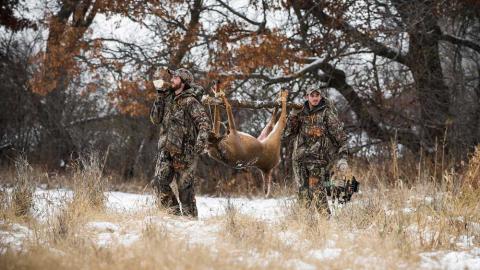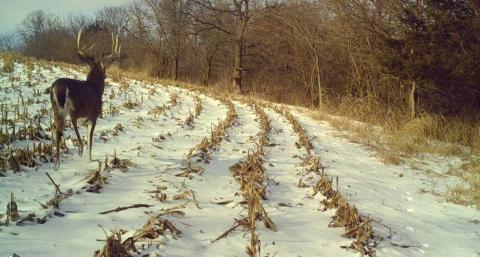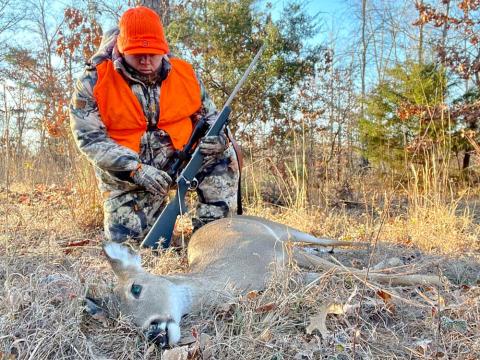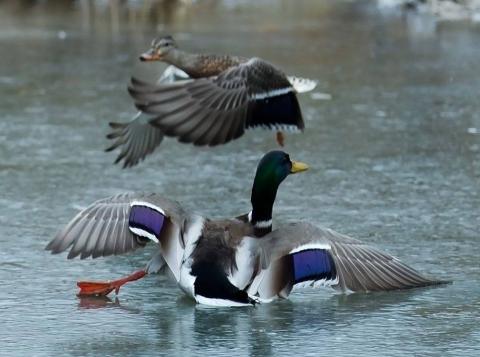provided by John Phillips
Will Primos of Flora, Mississippi, has been a Mossy Oak ProStaffer since the beginning of Mossy Oak nearly 35 years ago and is the creator of Primos Hunting. Will was in one of Toxey Haas’s first ads for Mossy Oak camouflage and probably has been wearing Mossy Oak camouflage longer than most anyone, except Toxey, the founder of Mossy Oak. Will Primos shares about what turkeys have taught him and the hunts from which he’s learned the most. Will has hunted all the species of turkeys in the U.S and Mexico and in just about all the states.
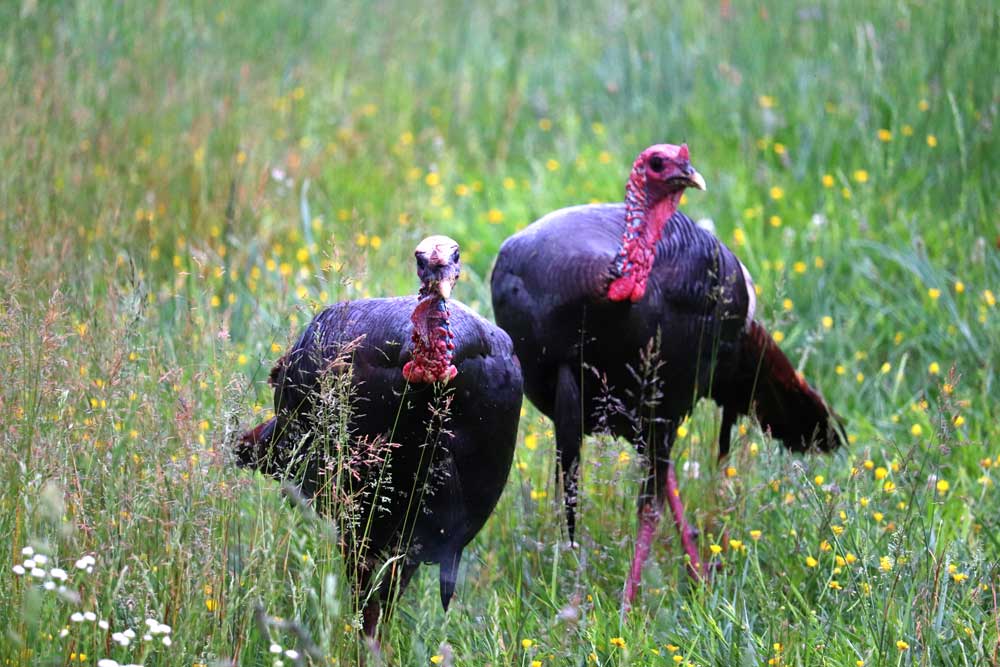
Poncho and Lefty were Merriam’s turkeys that lived in the high mountains, near Eagle Nest, New Mexico, near Wheeler Peak, one of the highest peaks in the state. My friends and I hunted them at about 2,500 feet. On this hunt, Ron Jolly, a well-known writer and videographer for the State of Alabama and the National Wild Turkey Federation (NWTF), was my cameraman. Poncho and Lefty were two turkeys that always seemed to stay together. Poncho was the lead gobbler, and Lefty was his sidekick. We just couldn’t get those two toms to come to within gun range. Snow still was on the tops of the mountains where we were hunting.
Many turkey hunters say, and some believe, that the Merriam’s turkeys and the Rio Grande turkeys are easy turkeys to hunt. That may be true for some folks. Others say that the eastern wild turkey in the South is the most difficult to hunt, and that may be a true statement. I’ve heard stories about hunters climbing out of their vehicles, slamming the doors, and either a Merriam’s or a Rio Grande turkey gobbling to the sound. However, if you’re hunting eastern turkeys in the South and slam your truck door, that eastern gobbler you may have been planning on hunting that morning may move to another zip code. I’ve learned over the years that on any given morning a Rio Grande or a Merriam’s turkey or an eastern turkey all can be tough birds to deal with and hunt.
Jolly and I learned on this hunt that Poncho and Lefty were two of the smartest turkeys we ever hunted. I don’t how they got to be so smart, but they were. We finally reached a place to where Poncho and Lefty were on the other side of a hill from us. If those two birds came up this hill, they’d have to peep over the edge of the hill to spot us, and they’d only be 45 yards from us then. We’d set up a decoy to try to pull those birds in to where we were, but when they peeped over the hill and saw our decoy, they took a fast train out of Dodge and were gone. I did get my gun up quickly enough to drop Poncho before he could escape. We’d been hunting these two toms for about six days.
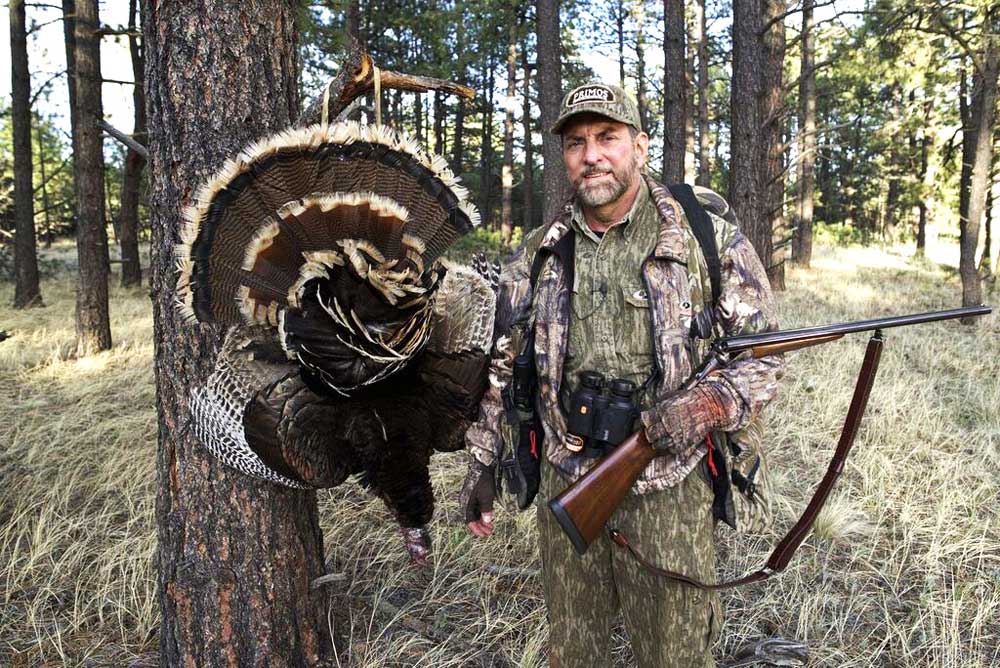
What Will Primos Learned from Poncho:
Realize that how and where you set up to take a gobbler is a critical ingredient as to whether or not you’ll take that turkey you’re hunting. A tom had much rather come up a hill to your calling than move down a hill to meet a hen. The reason that Poncho and other turkeys preferred to come up a hill rather than move down a hill to calling was due to the fact that if that turkey saw danger, all he had to do was turn around to face downhill, push off with those big, strong drumsticks of his and become like a catapult on an aircraft carrier. He could get into the air quickly. If the turkey was moving downhill, he’d have to try to turn around and run back up the hill to get the air under his wings – making him 10 times slower trying to move away from danger.
















